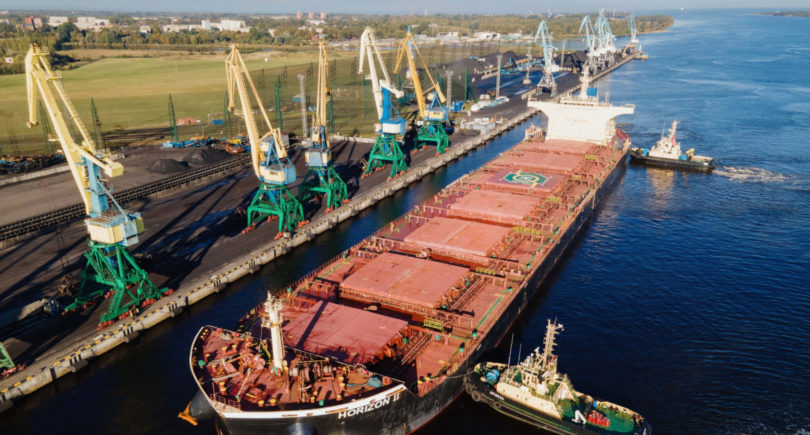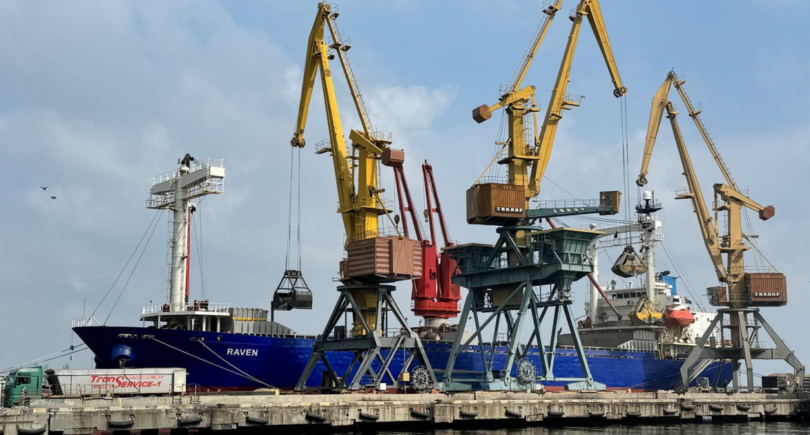
News Infrastructure cargo transportation 561 09 November 2023
The Polish strikers did not provide the Ukrainian side with a list of official demands
As of the morning of November 9, 2023, about 1,700 trucks were waiting to leave Poland for Ukraine at three checkpoints where Polish carriers are blocking traffic. Andriy Demchenko, spokesman for the State Border Guard Service, said this during a press conference at the Ukraine-Uninform Media Center.
According to him, half of this number is at the Yahodyn checkpoint.
The SBGS spokesman noted that, according to the Ministry of Infrastructure, Polish carriers did not provide the Ukrainian side with a list of their official demands – they can be seen on social media or in the media.
On November 6, 2023, Polish carriers began a blockade of truck traffic near the three largest checkpoints on the border with Ukraine – Korczowa-Krakowiec, Hrebenne-Rava Ruska, and Dorohusk-Yahodyn.
With some exceptions, blocked cargo transportation allows passenger cars and buses to pass freely.
At the same time, as it was discussed at the meeting of the Customs Committee of the Federation of Employers of Ukraine, the Association of International Road Carriers of Ukraine (AsMAP) notes that only one of the four Polish carrier associations is on strike. According to the AsMAP, the protesters are truck drivers who worked in the Belarusian and Russian markets. They were not supported by other associations, and the Polish government twice asked them to stop the action.
At the same time, the Ukrainian authorities have not received any official appeals from the Polish strikers, and all the demands are known only from the media.
In addition, according to Vladyslav Suvorov, deputy head of the State Customs Service, the agency let 30% more vehicles into Ukraine in October than it took out across the border. In Poland, this imbalance is 60%: 35 thousand vehicles left Ukraine and almost 57 thousand entered.
«This signals the presence of potential for vehicles leaving Ukraine,» Suvorov notes.
The carriers’ demands to the Polish government include the return of the practice of permits for Ukrainian carriers, the inability to register companies in Poland if their financial activities are not in the EU, the creation of a separate queue for cars with EU license plates and the creation of a separate queue at all borders for empty trucks, and access to the Ukrainian Shlyakh system.
In addition to the strike of Polish carriers, there are other difficulties for Ukrainian exports, including long queues at the border in general. FEU Deputy Director General Yulia Goncharova noted that all members of the federation who took part in the special survey confirmed the existence of this problem. The average delay of cargo for 40% of respondents is 5-10 days, for 53% – 10-15 days, the rest reported either a quick border crossing (up to 5 days) or a delay of more than 15 days.
The situation is affecting not only the export of Ukrainian products, but also future contracts for 2024, and thus the next year’s budget.
Ukrainian producers are also concerned that dozens of empty trucks are crossing the border, while they are still carrying products. They insist on prioritizing border crossings through the e-Queue.
In August 2023, Ukraine and Romania agreed to open a new border crossing point, which will be primarily designed for freight transport.



